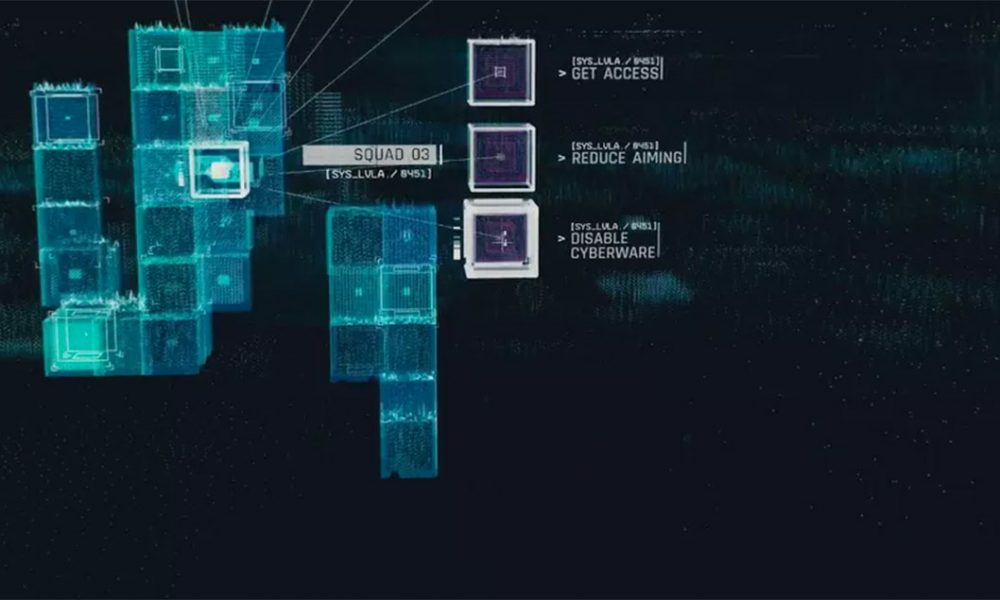

Back in the late 90s, many of us were jumping in on the burgeoning world of online gaming. Titles like Quake 2 and Jedi Knight were groundbreaking series, showing players what we could expect from the future of digital competition. Yet, this early landscape wasn’t as free as many of us had hoped, suffering from the plague known as hacking.
There was some hope, however, in that many developers would quickly close the gaps in code that hackers exploited. We thought that this would eventually result in online games being completely safe from these bad actors. Unfortunately, as anybody who plays games today knows, we were wrong.
So, what security measures are adopted to stop gaming’s villains, and why is it they can sometimes fall short?
Account Theft
Biometric security is one of the more positive developments in online safety. Account theft has long been a problem in online gaming, as a form of hacking that affects a player’s access more than the title itself. Whether through brute-forcing, keyloggers, or lucky guesses, account theft has resulted in many thousands of players losing the games they paid for.
Biometric security measures can mitigate or eliminate this issue. As explained by ExpressVPN, biometrics utilise systems like fingerprint, face, or voice recognition to generate pseudo-passwords that are nearly impossible to break into. Combined with two-factor authentication, games that use these systems are practically impenetrable. Of course, this technology only applies to account logins, so it can’t cover the whole range of hacking problems games suffer from.
In-Game Hacks
The biggest problem that so many of us have faced comes from in-game hacks like aim-bots or wall-hacks. These give cheaters an unfair advantage over other players and are the result of the complexity of modern code. Games are so unique these days, with so many points of potential ingress, that hackers inevitably discover weaknesses in nearly everything. This issue is furthered by hackers selling their tools to others, meaning even the technologically illiterate can cheat.
The problem with addressing this issue is that security flaws evolve as games do, making closing them like playing a game of whack-a-mole. As noted by Vice, lawsuits against these hack sellers might dissuade some, but for most, it’s a never-ending battle. This problem is exacerbated in free titles by allowing players to create an infinite number of accounts after they’re banned. For full-priced titles, at least, being banned comes with a severe financial penalty for most.
Dedicated Denial of Service Attacks
One of the more difficult hacks to shut down are dedicated denial of service attacks, or DDOS. These attacks use a network of bots to flood a server, meaning no desirable traffic can get through. Such attacks have destroyed some games like Titanfall, rendering paid products unplayable. Fixing this issue is possible with the interest and investment in security measures, but if the company has no financial interest, as EA and Respawn don’t in the Titanfall example, a game’s lifespan can end at any time.
Hacking will always exist, as long as some players can overlook the fact that they needed to cheat to beat others. It’s unfortunate, but there is some consolation—as technology gets more complicated, it becomes more difficult for lone antagonists to affect negative change.
The ball is in the court of the developers and the publishers, and we can only hope that they keep one-upping their opponents. Maybe one day, in-game hacking will see the type of powerful solution we’ve already experienced in account biometrics. Until then, all we can do is fight on.






































You must be logged in to post a comment Login